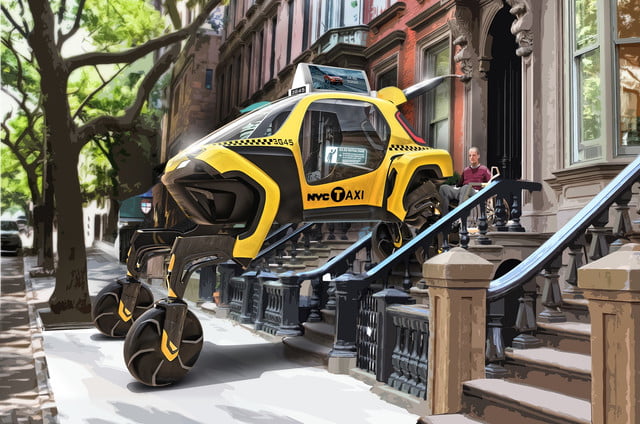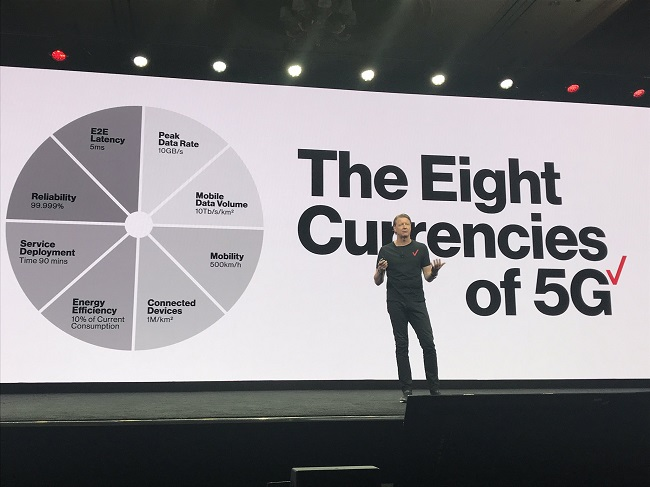We are particularly excited about the following aspects of Hadean’s business: the timing of the market opportunity, the team’s approach to commercialisation and the combined skills of the founders.
Cloud and Edge Computing needs an overhaul
Cloud Computing has been around for a while and its momentum is not stopping anytime soon. It has made computing ubiquitous, allowing anyone to access unlimited amounts of storage wherever there is an internet connection. With the boom of machine generated data, AI acceleration and low latency edge computing, the Cloud is now also utilized to provide scale for computing power.
However, there are colossal challenges ahead. To date, our computers have been built as stand-alone units and their ability to coordinate with each other to accelerate computing workloads has been designed with layers and layers of middleware and redundant software that have made a huge legacy burden.
A powerful technology already proven at scale
Hadean is building a cloud-first OS for real-time distributed computing that is orders of magnitude more reliable and scalable than anything available today. Hadean’s goal is to remove the layers of redundant software and offer a robust new foundation for large-scale distributed computing.
Servers using Hadean will all work as one large-scale supercomputer, meaning that anyone using a computer that is part of the Hadean network will have access to the combined computing power of every single server within that network. Developers will be able to accelerate their workload “on-demand” with a guarantee of predictability and security.
While Hadean is a ‘Deep Tech’ play and requires a longer-term approach towards commercialization, the team has made remarkable progress in the short term by focusing on gaming, where the performance they offer matters today. They have successfully deployed application libraries for real-world customers and have recently announced partnerships with Microsoft Azure, that now power Hadean’s Aether Engine, and with CCP, the studio that created EVE Online, for EVE: Aether Wars, a real-time 10 000 player deathmatch demo that will explore opportunities for large-scale multiplayer simulation in CCP’s current and future games.
Beyond gaming, the company also has traction with customers such as the Francis Crick Institute for genomics, and develops products for other verticals including finance, AR/VR and industrial simulation.
An outstanding team combining tech expertise and go-to-market drive
Last but not least, we were genuinely impressed by the team and their customer-first approach, which is incredibly valuable for DeepTech start-ups. Rashid and Craig form the perfect tandem of founders, a young and outstanding computer scientist with a great vision working alongside a world-class CEO that has been able to bridge Tech and Business as soon as he joined the company.
We have seen countless companies in DeepTech trying to launch ambitious projects. The UK and Europe are not lacking strong tech. However, we have chosen to support Hadean thanks to their go-to-market approach and the focus that they have on delivering real impact for their customers.
We believe Hadean will transform the way computers empower humans by virtually giving everyone a supercomputer. However, challenges ahead are many. The company needs to deliver their technology roadmap and ship products to their customers in a rapidly changing field, but this is where we believe we can help. Combining our Business Hub with our entrepreneurial experiences, we will support Hadean in generating and signing commercial opportunities within our sectors, while also assisting their team scale in a fast and sustainable manner.






